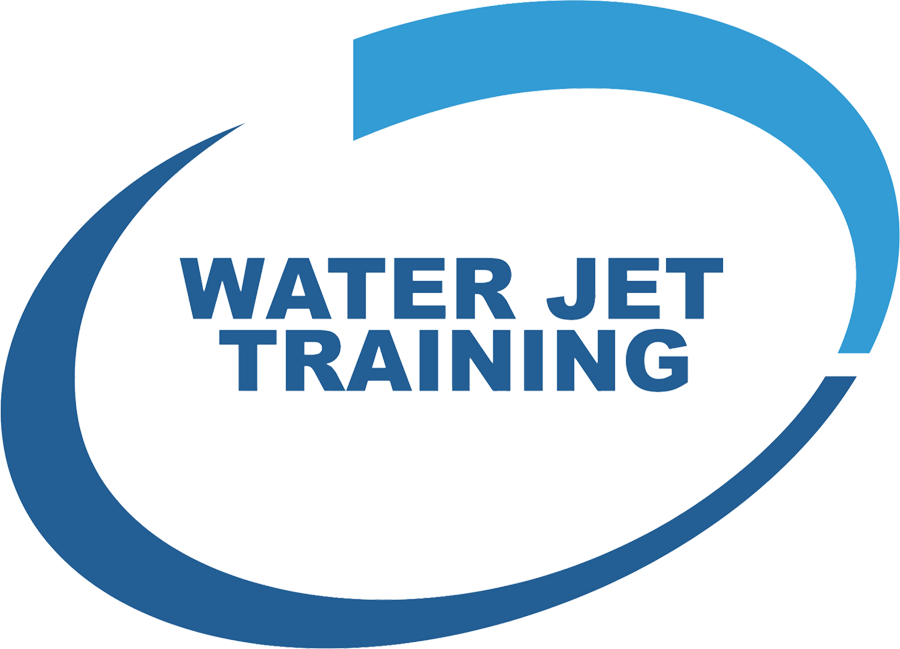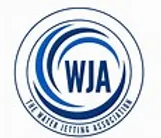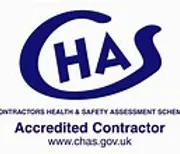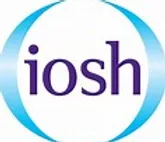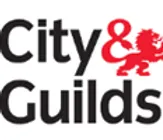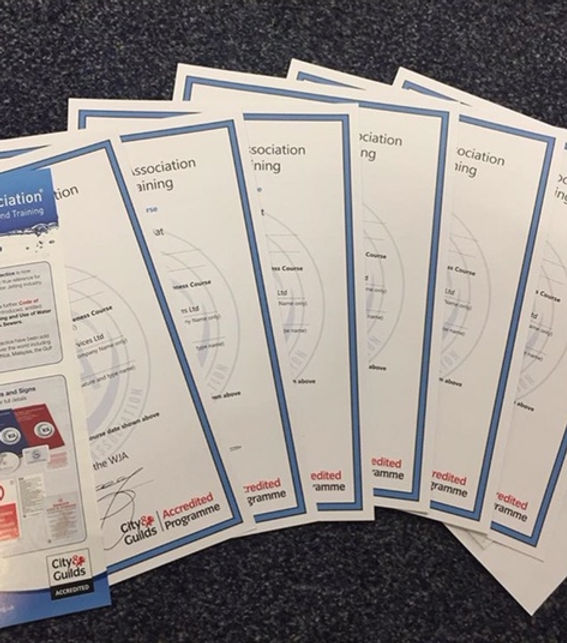Please see below a summary of what is covered on this course:
1. REGISTRATION & INTRODUCTION
2. APPLICATIONS & MACHINES:
Cleaning & surface preparation – surfaces / drain & sewers / pipes / tubes. Jet cutting – precision and volume removal. Effect of varying pressure / flow at the nozzle. Range of jetting machines, configurations & categories (Pressure Washers / General Purpose / Medium-Heavy Duty / UHP / Drain & Sewer Jetters).
3. LEGISLATION & THE WJA CODES OF PRACTICE:
Health & Safety at Work Act. WJA Codes of Practice, status, use & recognition by the Health and Safety Executive (HSE). Management Regulations – Risk Assessment, PPE at Work Regulations, COSHH. Employer/ Employee responsibilities. Enforcement Powers. Other relevant legislation – e.g. Environmental Protection Act, Control of Pollution Act.
4. JETTING EQUIPMENT – NOZZLES:
Jet principles – purpose of nozzles, power of water jet, jet pressure/flow characteristics, jet reaction force. Types of nozzle – forward facing, fixed & spinning jets, multi-jet fixed & jet spinning nozzles.
5. JETTING EQUIPMENT – PUMPS:
Pump configuration – standard piston ~ plunger pump, positive displacement action, operating features, effects of blockages, variation of plunger sizes. Other pump configurations, diaphragm and intensifier types. Drive arrangements, engine / electric motor, hazardous area equipment Water supply/delivery features – filtration requirements, boost feed pumps, pulsation dampeners, jump-jet. Pressure safety relief options – relief valve / bursting disc. Pressure gauge features.
6. JETTING EQUIPMENT – PRESSURE CONTROLS:
Dump & dry shut controls, fail-safe / selector versions, direct manual operation / remote operation via electric-pneumatic-hydraulic controls, automatic unloader valve for dry shut, pressure regulators, automatic off-load engine speed control systems.
7. JETTING EQUIPMENT – HIGH PRESSURE HOSE:
Hose construction & pressure ratings, external & internal damage possibilities, hazards arising from damaged hoses, inspection requirements. Hose end fittings, construction / assembly / testing. Connectors & hose end couplings – types & features. Bore size & flow ratings. Hose for general / high flow / small bore tube & pipe cleaning. Pressure drop due to flow through hose & lances – effect on pressure available at the nozzle.
8. WATER JETTING HAZARDS:
Hazards arising – directly from the water jet – from operational regime – from site environment.
9. WATER JETTING INJURIES:
Effects of impact by high pressure water jet, nature of internal injuries caused, action in event of a jetting injury -awareness of possible absence of visual injury & use of WJA Medical Card.
10. PERSONAL PROTECTIVE EQUIPMENT:
General principles regarding use of PPE, as a last resort. Main body protection – limits on effectiveness against direct impact of water jet. Protection of head / hands / feet / hearing / respiration. Particular requirements when using UHP.
11. OPERATIONAL PROCEDURES:
Routine care & inspection, site preparations, preparations for operation, team operation. Safety points during operation – use of manual jetting gun/lance, tube/pipe/drain cleaning nozzle/lance/hose combinations & techniques. Safe use of non-standard equipment – e.g. tee nozzle. Site shutdown & antifreeze procedures. Use of Do/Do Not Guide.
12. SUMMARY:
Review of course content as above, with opportunity for any further discussion before Questionnaire.
